By Claude Weaver III | TV | June 12, 2021
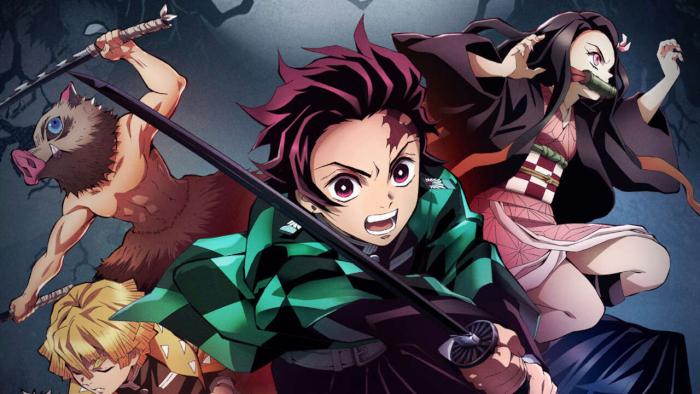
With your blade, bring an end to the nightmare.
The Japanese anime film Demon Slayer: Mugen Train has taken box offices by storm. As of this writing, it has officially become the highest-grossing film in Japan ever (having beaten both Titanic and Spirited Away to grab the top spot) and credited with saving the Japanese box office in 2020. Here in the States, after a close battle with Mortal Kombat, it finally managed to top the US box office for the first week in May, becoming only the second anime film to ever do so, after Pokemon: the First Movie a little over 20 years ago. And Deadline recently reported that Mugen Train has possibly made over $500 million globally, which would make it THE highest-grossing film of 2020 (once confirmed, of course).
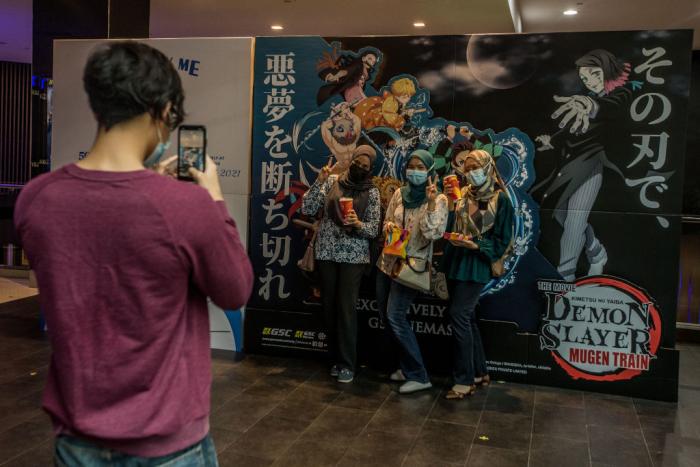
It managed to do this while being an R-rated limited release of an original property during a goddamn pandemic. As of this writing, it’s still hanging in the top 10 of the US domestic box office 45 days after release, while only being in 600 theaters.
People like it; is what I’m saying.
So, at some point, you probably asked “what exactly is Demon Slayer and is it really worth all this attention?” I had that same question and decided to check out the first season as a lead-up to the movie’s digital release (since I’m not going back to theaters anytime soon, not even for this) and clearly inevitable second season. After mentioning this to Dustin, I was asked to share some info and thoughts on the show since I was apparently one of the few current writers to actually know what the hell it was about. This hopefully comprehensible splattering of words is the final result.
TL;DR: I highly recommend this show, for both newcomers and longtime fans of fantasy action shonen anime. It’s a quick watch (26 episodes) of gorgeously animated fights, creative character designs, and an effectively told tale of love and human connection helping people either emerge from or prevent succumbing to the trauma and pain inflicted on them.
While I will try to avoid them, light spoilers may be revealed. So if you want to go in clean, do so now. Don’t read any further, just go!
The Boring Real Word Stuff
Demon Slayer: Kimetsu no Yaiba began as a manga created by Koyoharu Gotoge and serialized in the manga anthology Weekly Shonen Jump from 2016 to 2020. It was a runaway success almost from the start and is one of the best-selling manga series of all time. With that kind of success, an anime adaptation was a no-brainer. In 2018, animation studio Ufotable (best known for their adaptations of Fate/Zero and Fate/stay night: Unlimited Blade Works) was announced as the one bring the manga to the screen, using a mix of traditional and CG animation. Season One consists of 26 episodes, covering the first three story arcs of the manga. Technically, Mugen Train is the fourth movie in the franchise, with three compilation films retelling most of Season One released theatrically in Japan, with only the first of those (titled Demon Slayer: Sibling Bond, covering the first five episodes) premiering in the USA at the Aratani Theatre in Los Angeles in March 2019. The English dub was produced by Aniplex of America and Bang Zoom! Entertainment and even premiered on Adult Swim’s Toonami block in October 2019. OK, boring real-world stuff is done, the rest is on Wikipedia.
What’s It All About?
Demon Slayer is the story of Tanjiro Kamado, a young man who lives with his mother and five siblings in Taisho Era Japan after his father passes away. One day he goes into the nearby town to make money for his family, but due to his helpful (almost to a fault) nature and a lot of seeming coincidences, he is delayed from going home until the next day. This results in Tanjiro finding his home attacked and nearly everyone in his family slaughtered. The only survivor besides him? His sister Nezuko, now changed into a bloodthirsty demon.
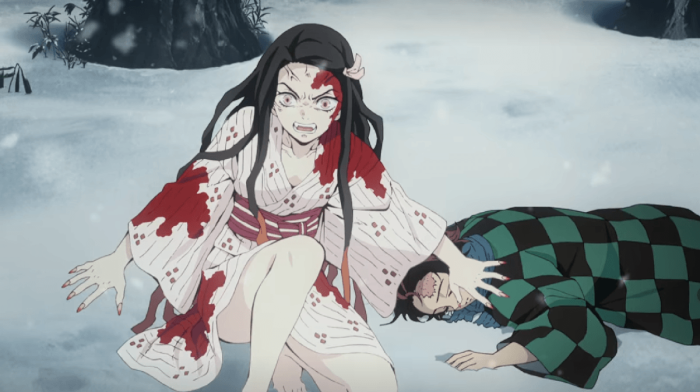
During Tanjiro’s struggle to keep Nezuko from eating his face while also trying to get through to her (as you do), he ends up being attacked/saved by a Demon Slayer named Giyu Tomioka. During the three-way fight, both Tanjiro and Nezuko begin protecting each other from Giyu. This makes Giyu pause (since demons aren’t supposed to care about humans except for snacks), and in a clearly rare moment of mercy, spares them both and tells Tanjiro that if he wants to save his sister, he will need the Demon Slayer Corps and their resources.
That’s all episode one.
The rest of the story has Tanjiro training to become a Demon Slayer while also protecting his sister (who now wears a mouth guard to both keep her from tasting human blood and also give those around her some sense of security). He meets new allies (for a given value of the term for some) and enemies; he even discovers the demon who killed his family, and possibly why they were targeted in the first place.
Now, being a Demon Slayer is understandably difficult. For one thing, demons in this world used to be regular people who sold their humanity for supernatural power, often tied to some past trauma they experienced. They become dependent on human flesh and blood as nourishment, and while as a whole they have superhuman strength speed, and regeneration (even able to grow back from only their head), their greatest power lies in “Blood Arts” (or Blood Demons Arts): magic abilities or techniques that vary between demons that allow them to do things like shape and control different forms of matter, cast illusions, or even manipulate time and space in specific ways.
While the demons are powerful, they do have three universal weaknesses: sunlight, wisteria flowers, and nichirin blades. Sunlight ignites their flesh on the cellular level and can only be resisted by the most powerful of demons. Wisteria is so fatal that poisons are made from the flowers and are often used in anti-demon barriers due to the scent repulsing them. Nichirin blades are the default weapons of the Demon Slayer Corps. Using a process that involves special ore and sand that absorb sunlight, these blades can injure and even instantly kill a demon when more mundane weapons aren’t enough.
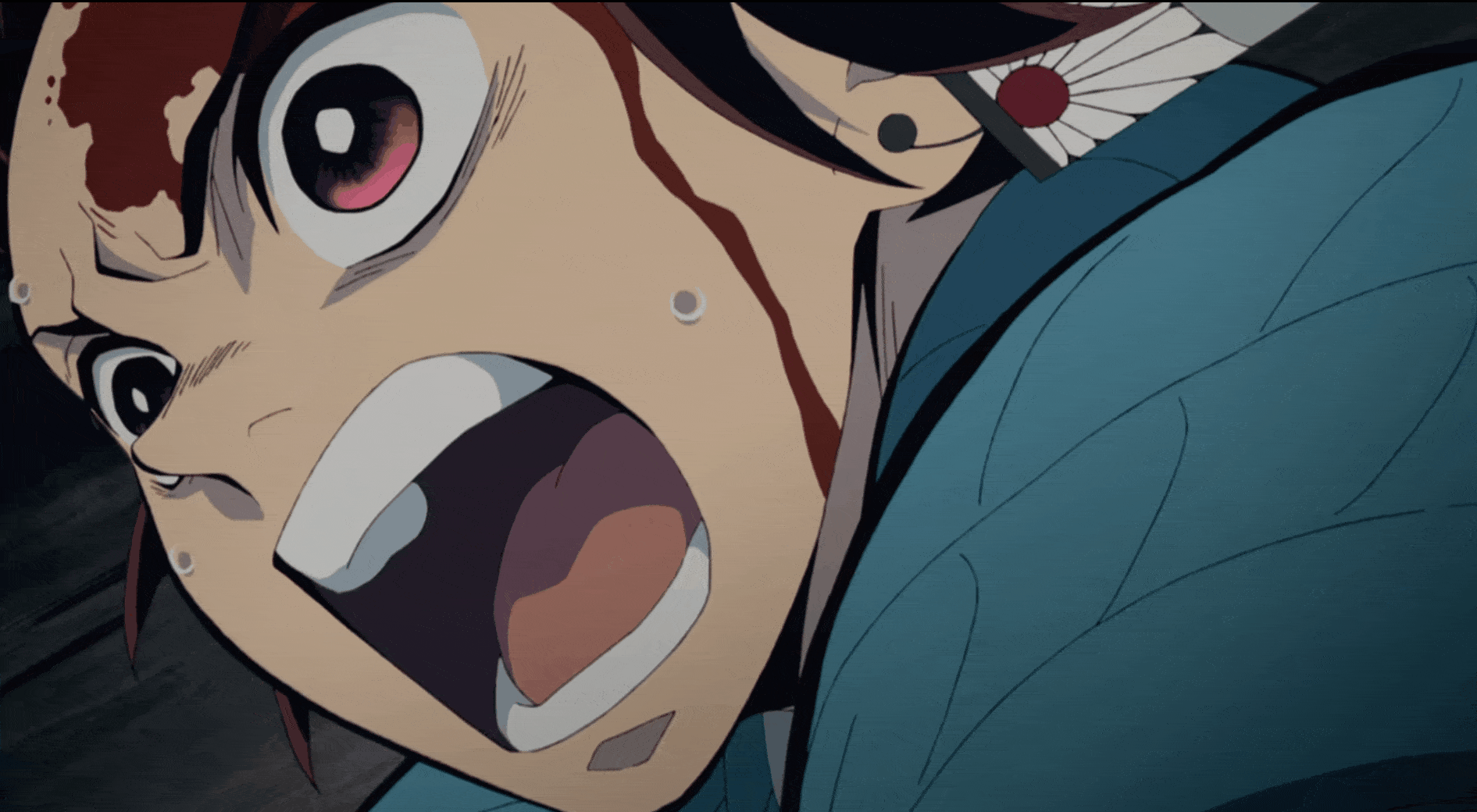
Of course, aside from direct sunlight, these are only as effective as the ones using them. Since the Demon Slayer Corps are (mostly) humans, they have developed “Breathing Styles” to allow them to fight on the same level as the demons. A Breathing Style is a fighting style that incorporates specific breathing patterns (duh) to increase the amount of oxygen in the blood, granting the user increased physical abilities and mental concentration. Framed around particular elements like Water or Lightning, this allows the show to present highly stylized battles where the Slayer conveys their skill through visual metaphor (when Tanjiro uses Water Breathing techniques, the water isn’t actually there; it’s just to show his flow of movement).
Who Is Doing The Demon Slaying (and Who Is Getting Slayed)
Tanjiro and Nezuko Kamado
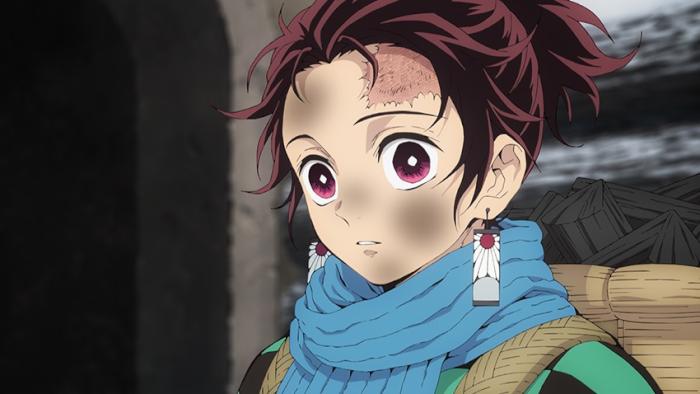
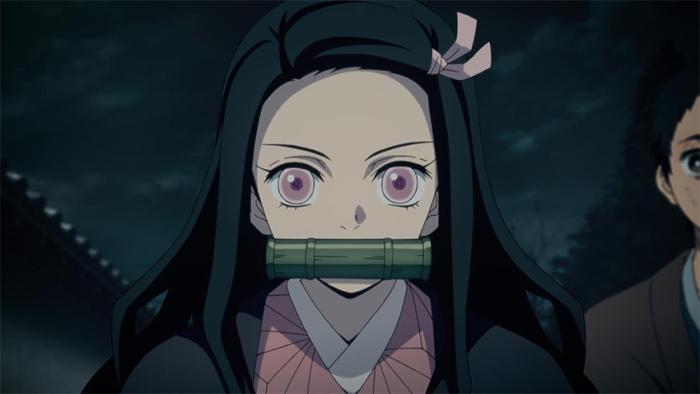
Our main protagonists, these two are kind of a package deal. No that they aren’t their own characters with their own arc; but rather their connection to each other defines them and their relationship to the world around them. To truly understand the themes of Demon Slayer, you need both. Tanjiro’s cinnamon roll nature and willingness to help almost anyone (even demons) make sense when viewed in conjunction with Nezuko. And Nezuko’s unique nature among demons is shaped by her connection to Tanjiro and her fighting to maintain her humanity, and often it is shown other characters benefit from their ability to connect with these two through similar bonds. With the anti-hero archetype being kinda overplayed nowadays, getting to see an unabashed guileless hero like Tanjiro portrayed as such without sinking too much into naivety or sanctimony is refreshing. Also, Nezuko is pure undistilled awesome.
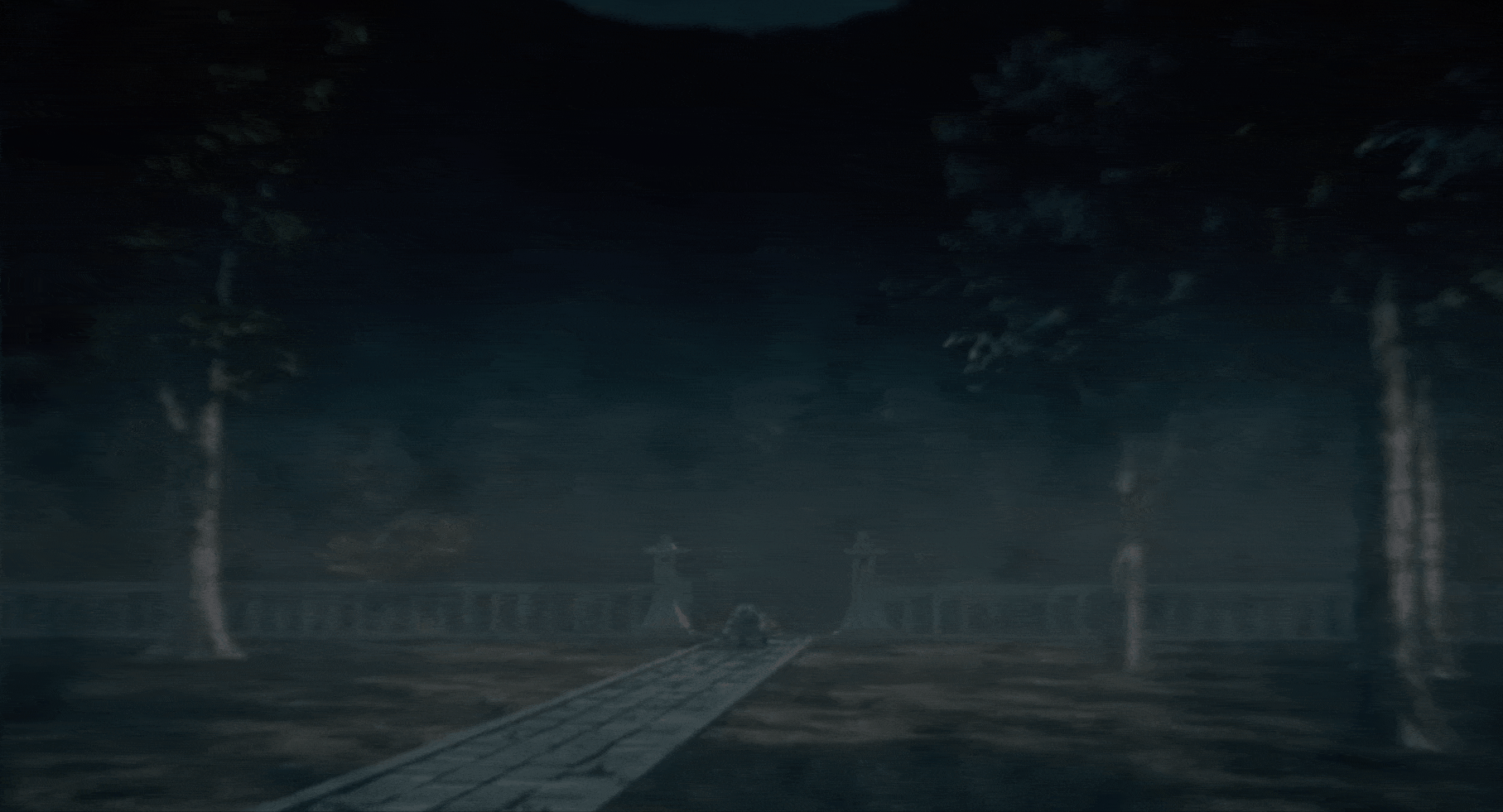
(Nezuko bending demons like Beckham is my favorite part)
Zenitsu Agatsuma
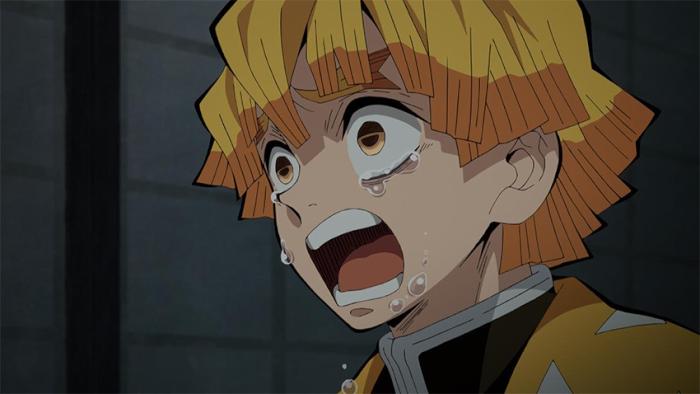
An inveterate coward (in his own words, he has no shame) who says he was forced to join the Demon Slayer Corps to pay off his debts. I have to admit that this character is probably going to make or break the show for you. He constantly screams and cries, and the main reasons he initially sticks with Tanjiro is because (a) he has a crush on Nezuko, and (b) he thinks Tanjiro can protect/teach him. But he totally gets better, I promise. Basically, he’s this video.
Inosuke Hashibira
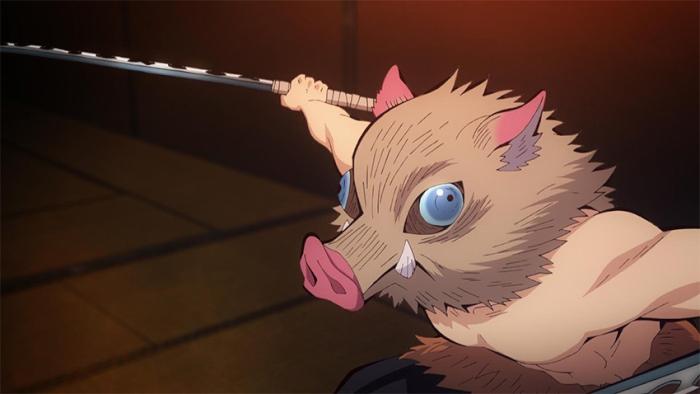
No, he isn’t a boar/man hybrid, he was just raised by wild boars and is wearing a boar’s head for a mask. Totally normal stuff, really. He is dumber than a box of hair, can hit like a Mack truck, and constantly wants to fight. He is often the first in the fray, even though that also means he’s the first to get his clock cleaned.
The Demon Slayer Corps
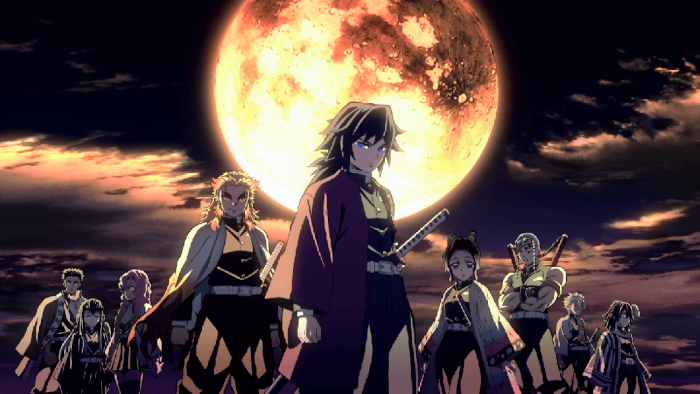
Headed by the top-level warriors known as the Hashira (of which the previously mentioned Giyu is a member), the Corps are all, with our protagonists and maybe one or two others as exceptions, pretty much assholes. Unfortunately, the world of Demon Slayer makes being an asshole kinda endemic to the job, and the fact that Tanjiro can hold on to his empathy and compassion is notable even in-universe. They are hunting monsters who will not hesitate to kill any of them. On the other hand, most of them don’t like Nezuko and that is a crime in my eyes, I admit. One of the few exceptions is the leader of the Corps, Kagaya Ubuyashiki, but that’s veering into spoiler territory.
The Demons
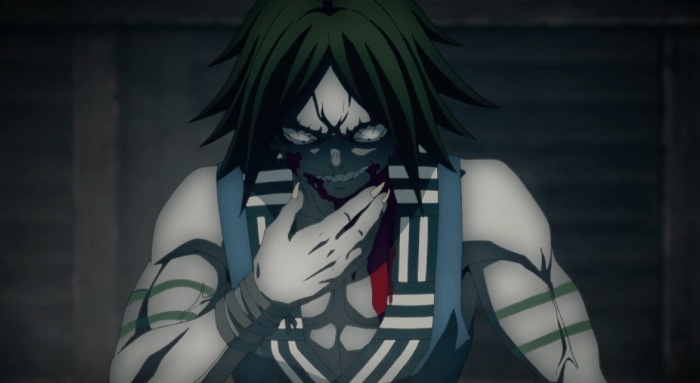
For a show ostensibly all about (Aldo Raine voice) “slayin’ demons”, Demon Slayer presents the titular antagonists with a remarkable level of depth and complexity. After all, these are former humans, and each one is shown to have had some deep trauma that shaped their current demon persona. But showing sympathy to them doesn’t mean the show excuses their actions of cruelty and malice. They are indeed the worst aspects of humanity made manifest and are often the embodiment of, as my mom would say, “hurt people hurt people.” If anything, their portrayals feed into the themes of mutual love and support that Tanjiro and Nezuko represent. Instead of punishing Tanjiro by forcing him to kill otherwise sympathetic beings, the show conveys that his desire to end his fights as quickly and cleanly as possible is an extension of his compassion, wanting to end both the demons’ rampage on the world and their own personal suffering. He takes no pleasure in combat, only seeing it as a necessary tool to his true end goal of saving Nezuko and possibly other demons as well. Later story developments reinforce Tanjiro’s view of possible rehabilitation for demons, but again, spoilers.
Even the later reveal of the Big Bad continues this trend of having the demon have a sympathetic backstory, but mainly to reflect the abuse and horror he perpetrates on others (and not just humans). This is not an “oh the stated bad guys are later shown to be right by any reasonable metric, but they go TOO FAR so any violence against them is totally justified” (*cough* TFATWS *cough*). They are indeed monsters, and while their desires and origins are understandable (and even their seeming willingness to become demons is put into question), they are still a clear and present danger that hurt innocent people and must be stopped… at least until another option is offered.
The Big Damn Movie

The movie covers the “Mugen Train” arc from the manga (ironically, one of the alternate subtitles for it is… Infinity Train). It is a direct sequel to Season One, and several reviews mention how this can lend to being lost if you watch the film first (or without a helpful primer!).
Following the events of Season 1, Tanjiro and Company have completed rehab from their battles and are now put on a new assignment. Over 40 people have disappeared in connection with the mysterious Mugen Train, including several fellow Slayers. The team joins the renowned Flame Hashira KyÅjurÅ Rengoku in investigating these disappearances, leading to a deadly challenge that not everyone will survive.
Who knows? Maybe I’ll follow this up with a review of that when it comes out on digital.
So What’s So Great About It?
Well, probably the first thing you will notice is the animation. This show is GORGEOUS.
With shots like this:
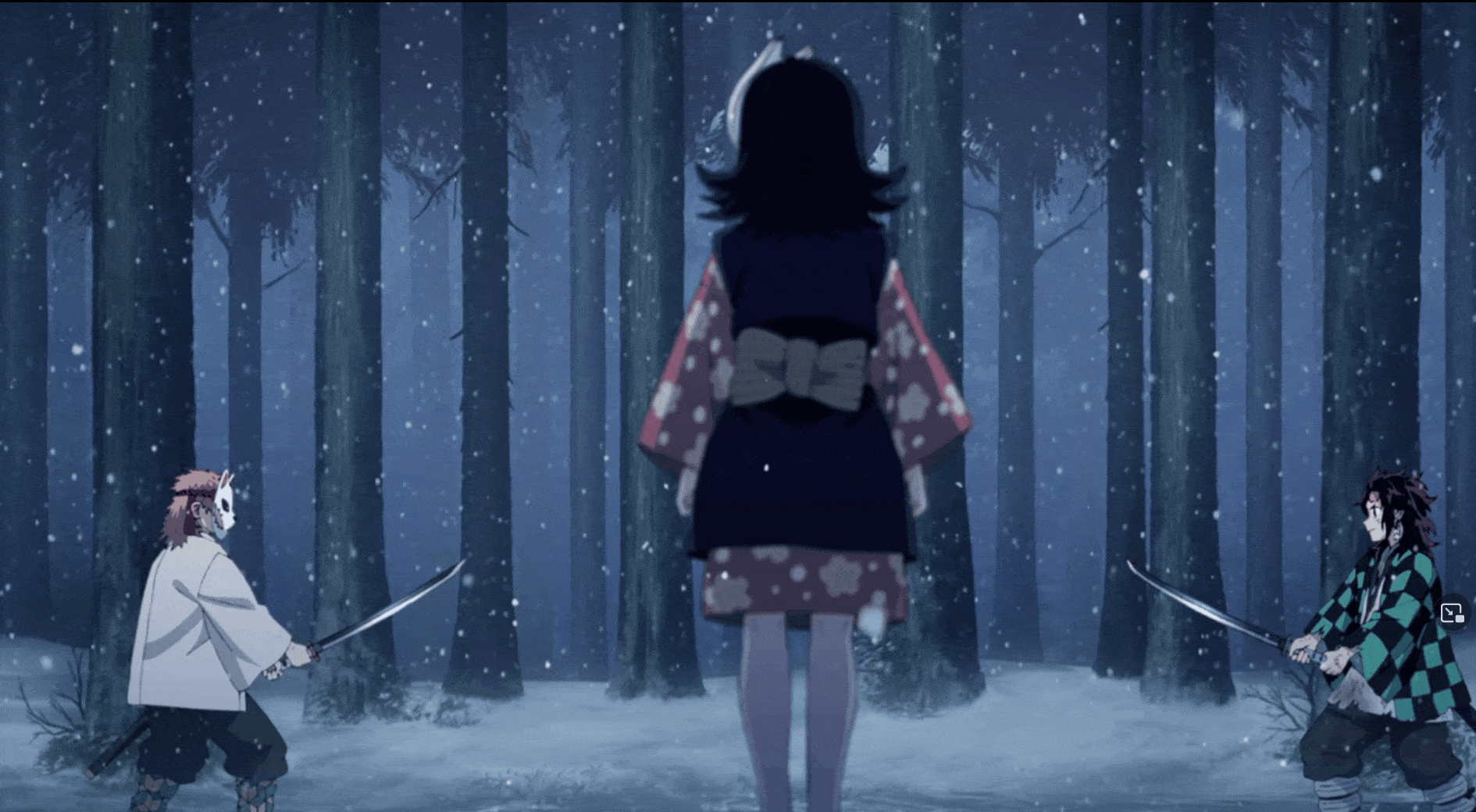
And this:
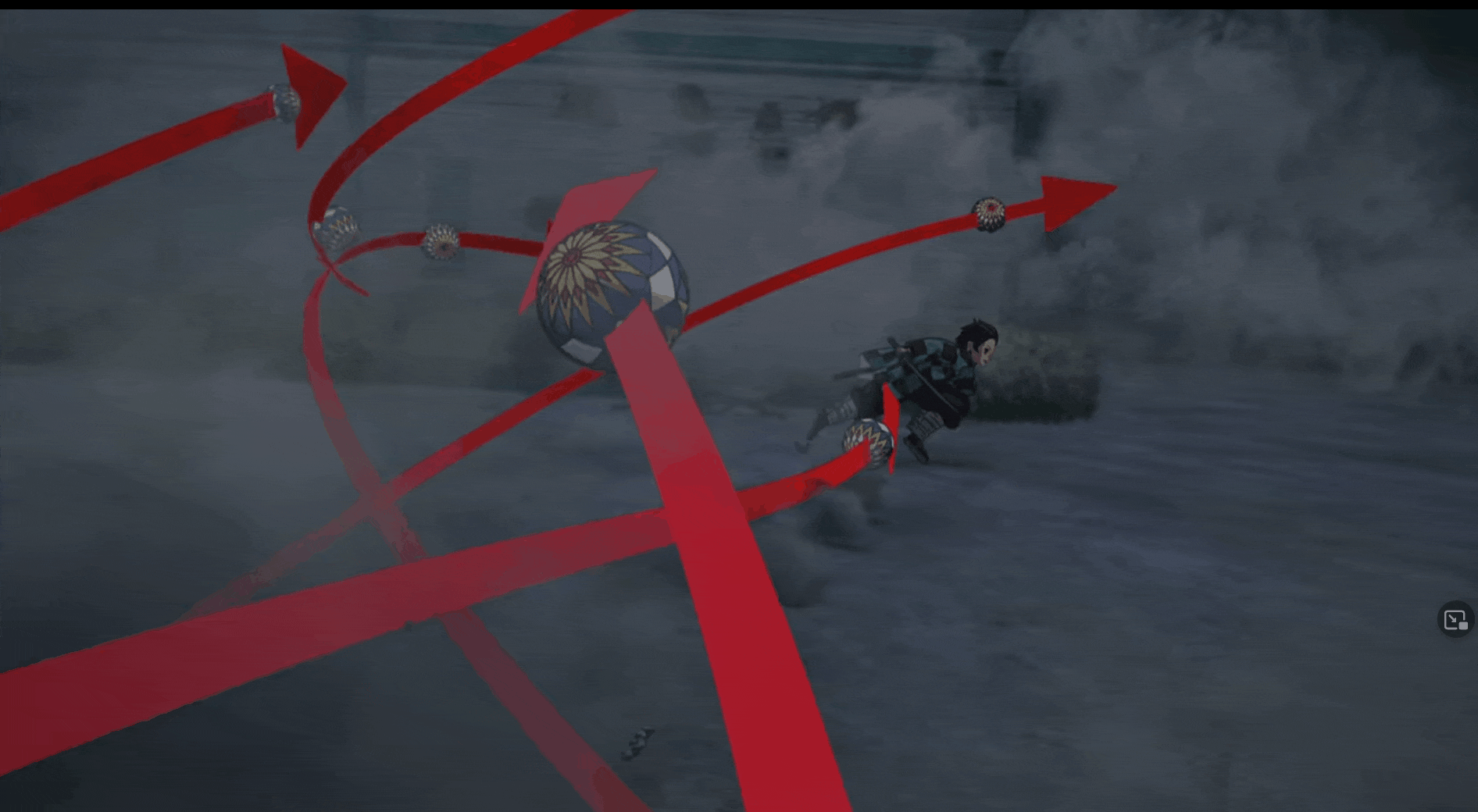
Ufotable already has a reputation among anime fans for their skillful mixture of traditional 2D drawings with 3D CGI to present creatively choreographed fight animation, but with Demon Slayer, they have taken this to a whole other level. Being a shonen anime about fighting demons, a key component is the actual fighting. Not just visually but also in pacing, theme, and storytelling purpose.
This is what Demon Slayer is primarily known for, and for good reason. You would have multiple episodes dedicated to the buildup to a fight in a typical shonen action anime. This includes exposition establishing opponents, abilities, and stakes. Some of the better shows can do this while making the exposition interesting and keeping the energy high for the eventual standoff, but still having the fight scenes focus mainly on the action.
Demon Slayer takes a slightly different approach. The show is, in a word, efficient. The “training arc”, while in a typical anime might be three or four episodes of establishing the basic rules and concepts of the story, only takes one here. But it only needs one, because the usual exposition is folded into the action so smoothly that each subsequent encounter effectively and entertainingly teaches you a new aspect of both the characters and the world. You don’t even learn what a Breathing Style really is during the training episode, but it is made clear through the action how they work and how each one defines the character using it, even when they technically share the same style.
But you want to know what really sold me on it? The moment I knew I was 100% in?

I mean, yes, that at least put me at 75%.
But what really got me wasn’t any of the “big” moments, really. Episode 7, about thirteen minutes in, Tanjiro is wrapping up his first case as an official Demon Slayer. It… did not end happily. Kazumi, the surviving fiancé of one of the demon’s victims, is wracked with sorrow and guilt as he processes everything. When Tanjiro tells him that he must live on despite his loss, Kazumi understandably grabs him and screams “How am I supposed to do that? You’re just a kid; WHAT DO YOU KNOW?!??!!” Then this shot:
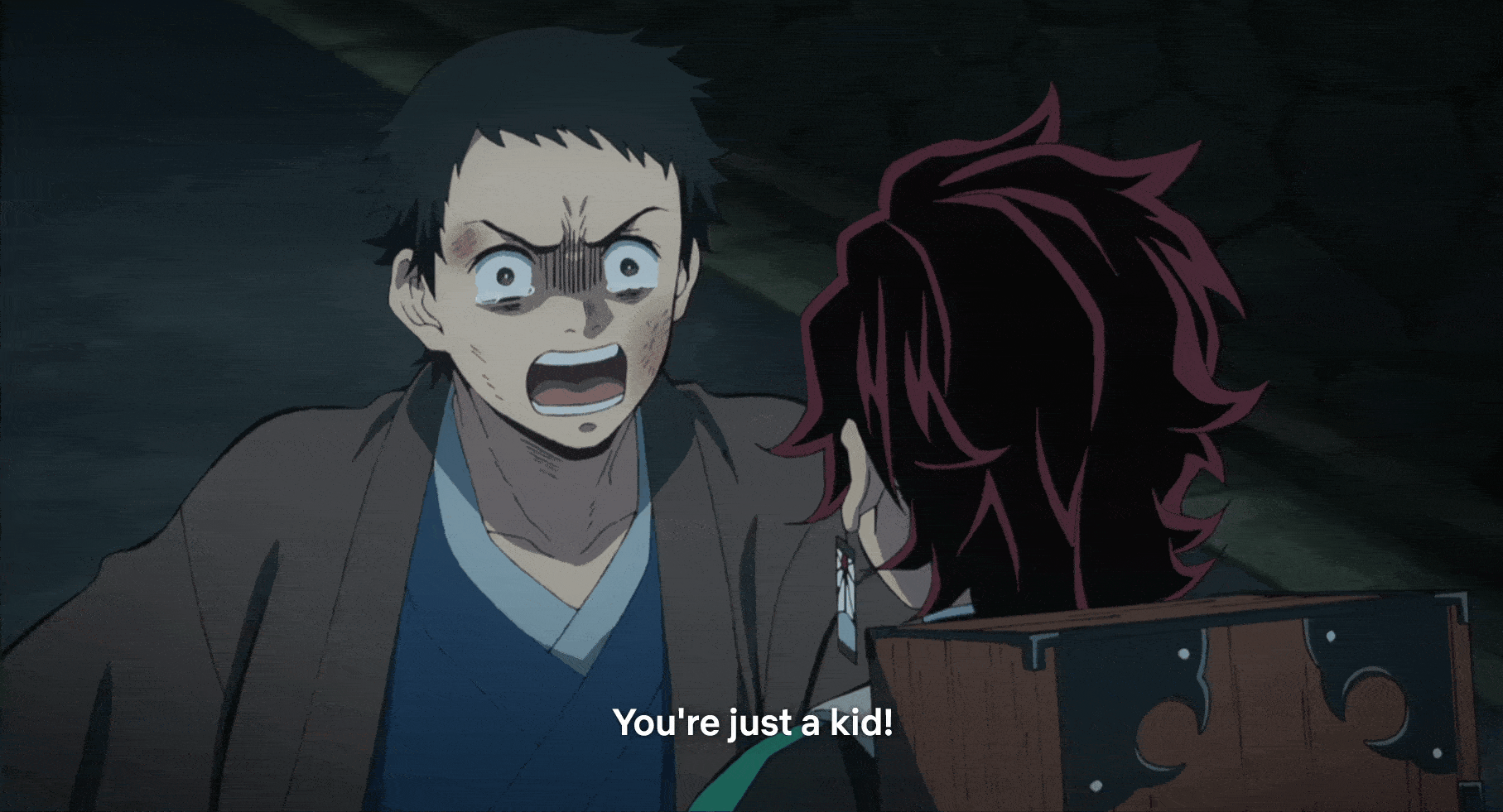
That’s when I knew I was in for something special. For as fun as the fights are, as creative the worldbuilding is, it’s that little moment, that shot of Tanjiro’s calloused hands calmly taking Kazumi’s, and that sad smile, that made it clear it had a heart under the pretty images.
That said, its greatest strength can also its biggest flaw: pacing. Because the show is so streamlined and so confident in its storytelling, some aspects can feel a bit rushed or overlooked, and other developments can come off as coming out of nowhere if not paying attention. This can be exacerbated by its frequent use of flashbacks concurrent to the main action to explain certain developments. One major event in Episode 19 (basically the climax of the whole season) comes to mind, which gave me “lion turtle in the finale of Avatar: The Last Airbender” feelings. But the characters are so strong and the action and storytelling so clear and exciting that you can let it slide a bit (again, like that lion turtle).
Demon Slayer is not really a revolution or deconstruction of shonen anime, but more of a refreshing refinement of a well-worn formula. Instead of trying to out-think the audience with shocking reveals or subversion (even though it does have a number of those), it takes comfort in knowing exactly what it wants to do and does it to the best of its ability. This allows greater focus on character development, visual spectacle, and thematic resonance. It doesn’t reinvent the wheel; it just makes the best damn wheel it can, with like chrome and stuff. I don’t know much about wheels.
Where Can I Watch This?
Season One is currently available on multiple platforms, with some like FunimationNow even including the compilation movies. I watched it on Netflix, and Crunchyroll offers simulcast streaming of the next season through their paid service.
Demon Slayer: Mugen Train is only in theaters currently but is scheduled for digital release on June 22 through Apple TV, Microsoft Store, Vudu, Google Play, PlayStation Store, and Amazon. In fact, there was a bit of a hiccup with pre-orders on the PS Store that led to the movie being actually downloadable for a short period. That got fixed quickly, in case you were wondering.
Season Two, set in the Yoshiwara red-light district and covering that arc, is due for release sometime this year; no updates beyond this teaser trailer as of writing.
I hope my edited-down rambling made you the least bit curious about this show. If you do end up checking it out, sound off in the comments about it and how Nezuko is The Best. No, really though, she is.